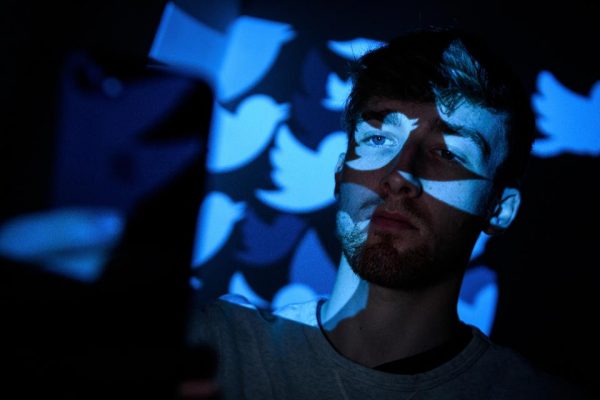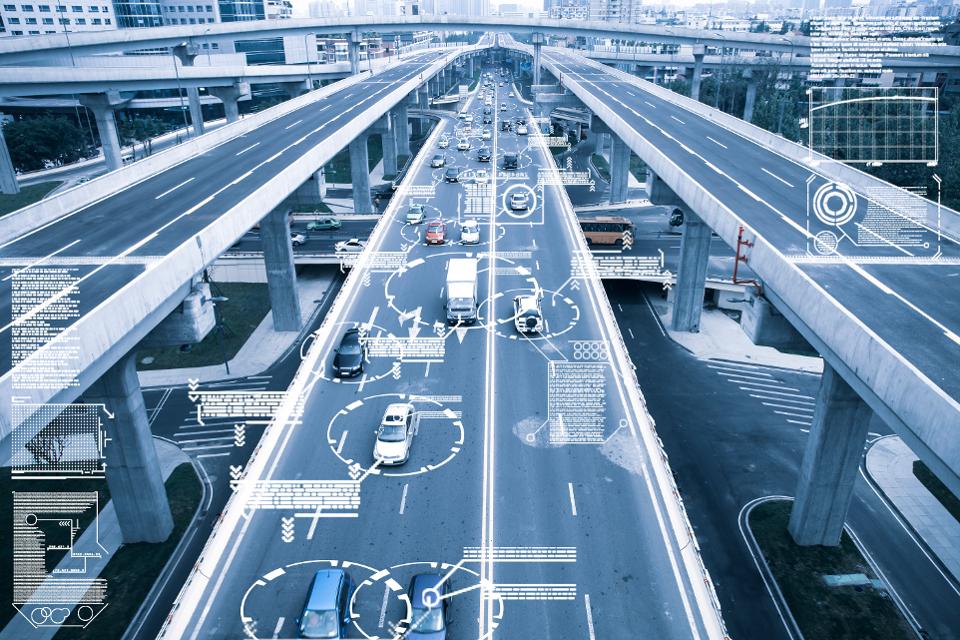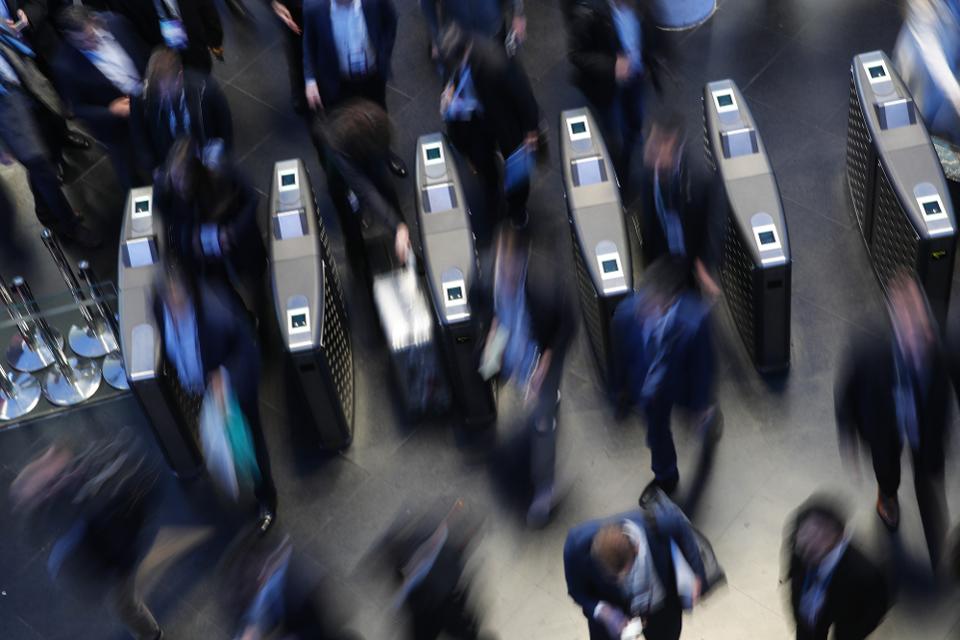Technology Can Help Prevent Gun Violence But There’s A Cost – Forbes
The recent wave of mass shootings raises the question of whether technology, AI and IoT in particular, can be of any assistance in helping prevent such tragedies. Considering the level of infiltration technology has into the rest of our lives, surely it can contribute to increasing our safety — but this comes at a price. Therefore the more complicated question to answer is if we are willing to pay the cost of letting technology monitor and take actions at the required level to increase safety.
**At the end of this post I left links with more info about the topics and technologies discussed.
There are two main areas in which AI, IoT, and other technologies can assist in preventing risks of attacks:
- The Intelligence Circle: In this outer circle, we are looking for indicators that can help highlight potential risk early on. Signs can rely on human intelligence (someone reporting a threat) or by scanning the rich data sets of online activities.
- The Barriers Circle: Barriers are meant to stop the attack from happening at the location in which it takes place. Think of the security check-in at your local airport as an example.
The strategy is such that if an outer intelligence circle fails, barriers in the inner circle will have an opportunity to stop the incident from developing.
Cyber Intelligence
There is a lot of digital “chatter” going on out there. People talk and write and chat and take photos. They hear what others are saying and conduct online conversations, and all of this adds up to data points that can assist in identifying high-risk individuals, groups, or planned activities. Think back to the Cambridge Analytica debacle. Using a limited set of data points (more infor at the bottom on how it all worked), it was possible to segment the political preferences of an entire population.
Consider the ads you view when you browse the web. “You may be interested in reading this next,” or “Other shoppers have viewed these products.” Everything seems to fit your needs and desires because the data points you share online drive the ability to segment groups and identify individuals. In some cases, the attackers were quite open about their intentions or streamed the attacks in real-time.
Furthermore, by association and connections, not only can a high-risk individual be identified, but if there is a group the individual is associated with, that can be classified as well. Despite all the pushback towards Facebook and Google capturing data about our lives, most people seem to accept the tradeoff: free services for ad targeting. If this is the case, why not leverage these same data sets to help identify individuals who are threatening our lives? Why not trade data for better security?

Can monitoring social chatter help identify potential attackers? (Photo by Leon Neal/Getty Images)
Getty Images
Cyber-Physical Intelligence
Let’s take a step down from “The Cloud” and down to earth. By using sensors to capture behaviors in the physical world, data which can raise alert flags can be obtained. Computer vision coupled with ML capabilities can help identify indicators of risk in real-time, like a person carrying a gun in plain sight, or even a bulge under their clothes that could indicate a hidden weapon. A computer vision system can also learn the children, parents, and vehicles which typically arrive at a school and flag individuals who aren’t part of this group. Following an attack, cameras can then help follow up on the attackers and reveal their location.
In high risk areas, microphones can indicate a shooting and its location, helping alert first responders as soon as it occurs. In incidents that develop quickly, every minute counts. Cutting response time and helping identify both the risk of the situation and the location where it’s taking place can literally save lives.

Computer Vision already has many safety and security applications. This technology can assist in identifying attackers in real-time.
Getty
Barriers
As a last resort, barriers can be put in place in sensitive areas such as office buildings, government offices, school, and even bars and restaurants. In these checkpoints, security guards scan visitors using mobile handheld magnetometers, opening bags to look for hidden weapons. More sophisticated X-ray machines can be deployed as well. There are incidents in which the presence of these staffed checkpoints caused attackers to reconsider and look for a secondary place for an attack. In other cases, attackers have been identified in inspections and were prevented from entering vulnerable, crowded areas (more on this below).
Automated Active Barriers
One of the downsides of barriers is that attackers can surprise the inspection team. Computer vision, on the other hand, can help identify an attack and alert the guards before they may notice it themselves. Furthermore, in such short distances, non-lethal weapons such as Taser guns can be automatically deployed to help stop the attacker. We’re not there yet, but considering the advancements in military robotics, it’s safe to assume that some parts of these capabilities will arrive at civilian markets as well.

Smart barriers will be able to identify risk and block attackers
© 2019 Bloomberg Finance LP
Are We Ready To Pay The Price?
From a technology perspective, there is no question of feasibility. Technology can help identify and prevent risk—but it does come at a social price. For technology to assist in incident prevention, we need to provide it with data that is descriptive of our lives. The tension between democracy and security forces us to decide where we are willing to set the dial. With more democracy and freedoms, there is less monitoring, and it is more challenging to provide security. If we push the dial in the direction of security, more control will take place, reducing freedom.
We are already being monitored much more than the average person is aware. Someone walking the streets in London, for example, will have their image captured on CCTV cameras 300 times. Not to mention just how much data Google and Facebook are capturing about each and every one of us. So, if we’re already at this level of data sharing, should we not let IoT and AI use this data and help us lead a more secure life? That is the question we must ask ourselves today.
More on the topics discussed in this post:
- Cambridge Analytica How It Turned Clicks into Votes
- How can computer vision and face recognition help enhance safety, two sample starups: Viisights and AnyVision
- ShotSpotter is installed in 90 US cities and uses soundwaves to detect sources of shootings. The funnel of shots identified and actuall arrests is interesting and raises some questions.
- In Israel, security guards at entrances to schools and shopping centers are a common site. In this 2005 attack, the security guards and a policeman prevented an attacker from entering a shopping mall.
- Which city has the most CCTV cameras? London ranks high in the list
- Are You Ready, This Is All The Data FaceBook and Google Have On You






